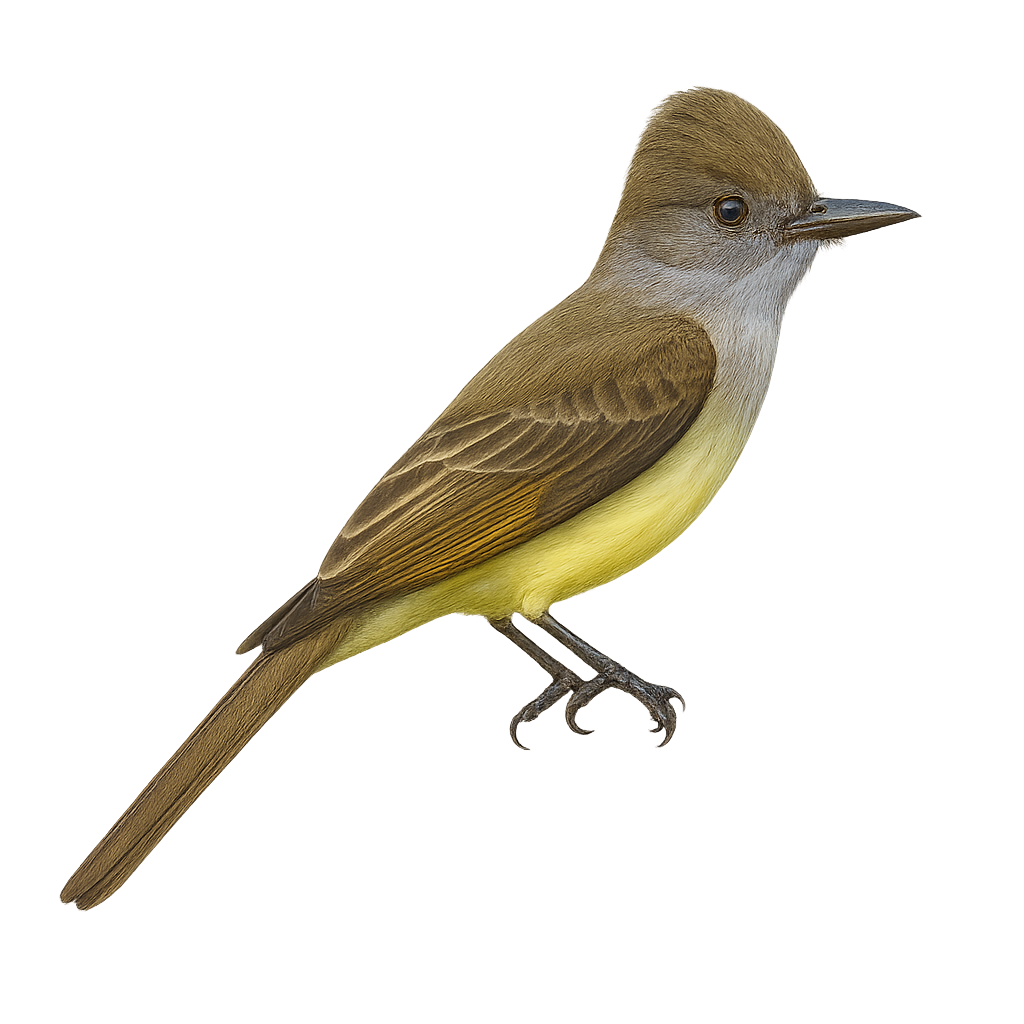Your wildlife photography guide.
Explore the dusky-capped flycatcher in detail, study its behavior, prepare your shots.
Where to observe and photograph the dusky-capped flycatcher in the wild
Learn where and when to spot the dusky-capped flycatcher in the wild, how to identify the species based on distinctive features, and what natural environments it inhabits. The WildlifePhotographer app offers tailored photography tips that reflect the dusky-capped flycatcher’s behavior, helping you capture better wildlife images. Explore the full species profile for key information including description, habitat, active periods, and approach techniques.
Dusky-capped Flycatcher
Scientific name: Myiarchus tuberculifer

IUCN Status: Least Concern
Family: TYRANNIDAE
Group: Birds
Sensitivity to human approach: Suspicious
Minimum approach distance: 10 m
Courtship display: March to June
Incubation: 15-17 jours
Hatchings: March to July
Habitat:
Tropical forests, open wooded areas
Activity period :
Primarily active during the day, with peak activity in the morning and late afternoon.
Identification and description:
The Dusky-capped Flycatcher, Myiarchus tuberculifer, is a medium-sized bird belonging to the Tyrannidae family. It is recognizable by its olive-brown plumage on the back and paler underparts, with a subtle crest on its head. This bird is primarily insectivorous, catching its prey in flight or foraging in foliage. It inhabits tropical and subtropical forests, as well as open wooded areas. The Dusky-capped Flycatcher's call is a soft, melodious whistle, often heard during the breeding season. It ranges from the southern United States to Central and South America. Although relatively common, it is seldom seen due to its discreet behavior and preference for dense habitats.
Recommended lens:
400mm – adjust based on distance, desired framing (portrait or habitat), and approach conditions.
Photography tips:
To photograph the Dusky-capped Flycatcher, it is advisable to use a 400mm lens or longer to capture detailed images without disturbing the bird. Look for it in tropical forests or open wooded areas, where it often perches mid-height in trees. Be patient and discreet, as this bird is suspicious and may fly away quickly if disturbed. Take advantage of the early morning or late afternoon hours to benefit from soft, natural light.
The WildlifePhotographer App is coming soon!
Be the first to explore the best nature spots, track rutting seasons, log your observations, and observe more wildlife.
Already 1 430 wildlife lovers subscribed worldwide

